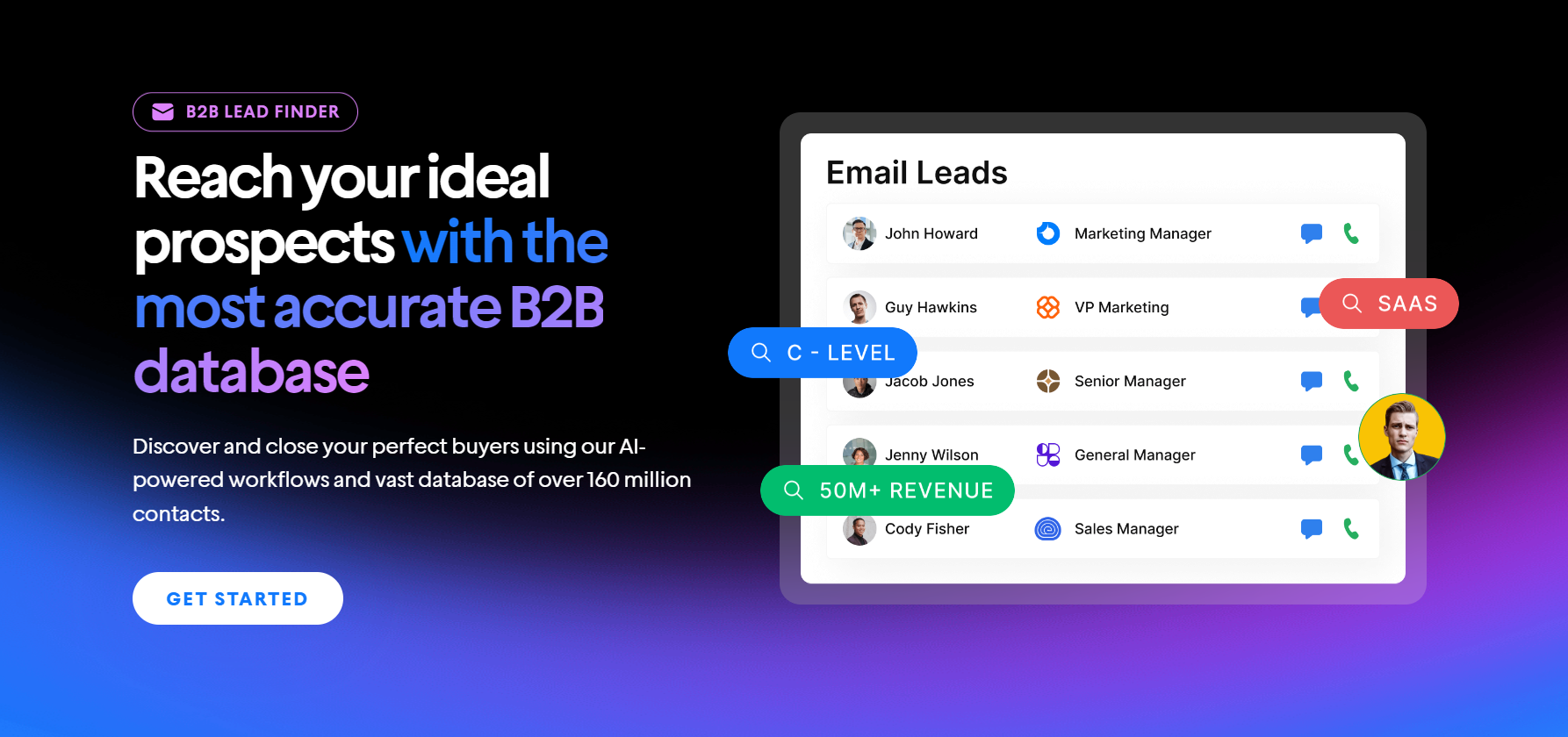Startups and SaaS companies are no strangers to key performance metrics. These figures highlight a company’s performance in specific areas, giving decision-makers crucial data points to steer their business towards success.
One particular metric SaaS founders and staff may utilize is annual contract value, or ACV for short.
While not as prominent as other key metrics like churn rate and customer acquisition cost, this metric provides vital insights into how well a business is faring in its respective industry, notably if they’re operating under a yearly subscription model.
Ready to learn more about this metric? In this article, we cover:
- What ACV means in sales
- How to calculate ACV
- Benefits of knowing ACV
- ACV examples
What is ACV in Sales?
ACV, or annual contract value, is a revenue-based metric that measures the average annual revenue generated per customer contract.
This metric is relevant for subscription and yearly-contract-based business models with multi-year-long contractual obligations, like a growing SaaS company or a food subscription company.
ACV is useful for estimating the financial value of a company’s customer base, particularly when contextualized with other metrics such as total contract value (TCV), customer acquisition cost (CAC), and customer lifetime value (LTV).
ACV doesn’t account for one-off payments at the start of the contract. The variables measured may slightly differ from company to company, but the common denominator is typically just the annual subscription and contract fee.
Knowing the company’s annual contract value helps companies understand the impact and profitability of their current strategies, particularly in the realm of sales and customer retention.
Plus, the ACV also lets companies identify the profitability variance of each customer, helping fuel the development of targeted growth strategies tailored to each segment of their customer base.
How to Calculate Company ACV
Annual contract value can be calculated by subtracting the one-time fees from the total annual contract value and then dividing the resulting figure by the length of the contract.
Here's the formula:
Annual Contract Value = (Total Contract Value - One-time Fees)/ Contract Term Length
ACV, unlike other metrics like the click rate, isn’t a rate or percentage of another variable. It’s a fiat amount based on your and your client’s preferred currency. In most cases, it’s the U.S. dollar.
For SaaS companies with only a few clients, tracking the ACV manually won’t take too much of your time. However, for companies operating on a large scale, gathering the information and averaging out the numbers can be an extremely tedious endeavor.
In such cases, you’re much better off using customer relationship management (CRM) tools with baked-in analytics that automate the calculations and give you the numbers immediately.
Looking for a lead? Instantly is an exceptional sales and lead management tool equipped with advanced tracking features and integrations that simplify the visualization of your customer analytics.

Benefits of Tracking ACV
Tracking the ACV is vital for subscription-based businesses for a variety of reasons. This includes:
- Accurate revenue forecasting: Helps the business project future cash flow, helping it make more informed acquisition, lending, and operational decisions.
- Detailed customer valuation: ACV also helps you divide your subscribers into profitability groups, which can give you a better idea of your most profitable customers.
- Better resource allocation: This allows you to take more targeted actions that enhance customer retention and satisfaction, such as personalized, AI-powered cold email campaigns.
- Informed sales strategies: Knowing your ACV helps provide a glimpse of your campaign’s effectiveness. Over time, you can see what works and what doesn’t, allowing you to make proactive adjustments accordingly to maximize your efforts.
- Better financial health: ACV tracking also gives you vital information you can contextualize with other metrics to assess economic health. This allows you to make more informed business decisions to address these weaknesses or opportunities.
Example of ACV in Action
The best way to ingrain your newfound knowledge on ACV is by applying it to a hypothetical scenario.
Imagine that you’re a B2B SaaS company with four ongoing contractual obligations. You want to know the value of each of your contracts, and the average annual value per contract.
To get this information, you’ll need to follow the steps of calculating for ACV. Once you’ve compiled the data, you can begin the calculations. Let’s say your contract terms are as follows:
- Customer A: 2 years, $44,000 contract
- Customer B: 1.5 years, $30,000 contract
- Customer C: 1 year, $25,000 contract
- Customer D: 6 months, $12,000 contract
Armed with these details, and assuming that the one-time fees have been subtracted beforehand, divide the total contract value over the total contract length.
- Customer A: $48,000/2 = $22,000 contract
- Customer B: $30,000/1.5 = $20,000 contract
- Customer C: $25,000/1 = $25,000 contract
- Customer D: $12,000/0.5 = $24,000 contract
Finally, add the values together and average them. The resulting figure is your current ACV.
- Customer A-D: 22,000+20,000+25,000+24,000 = 91,000 / 4 = $22,750 ACV
From the information above, you can report that your ACV is $22,750.
Key Takeaways
You’ve learned about annual contract value—a quantitative sales metric that measures the average worth of all your contracts over a given term length.
Remember, knowing your ACV is only half the battle. You need to contextualize it with other marketing KPIs in your analytics arsenal, such as LTV and CAC, to craft the most effective strategies for growing your business.
Instantly.ai offers a wide range of marketing analytics and campaign management tools aimed at supporting business growth. Among its automatic and real-time metric-tracking system is the ever-handy Opportunities feature.
This feature helps you track positive replies and attaches a monetary amount to them, giving you a full view of the lead’s financial significance to the company. Besides that, it enriches your campaign with customer lifetime value data per lead.
What more could you ask for? Sign up with Instantly.ai today and make big moves supported by data.




